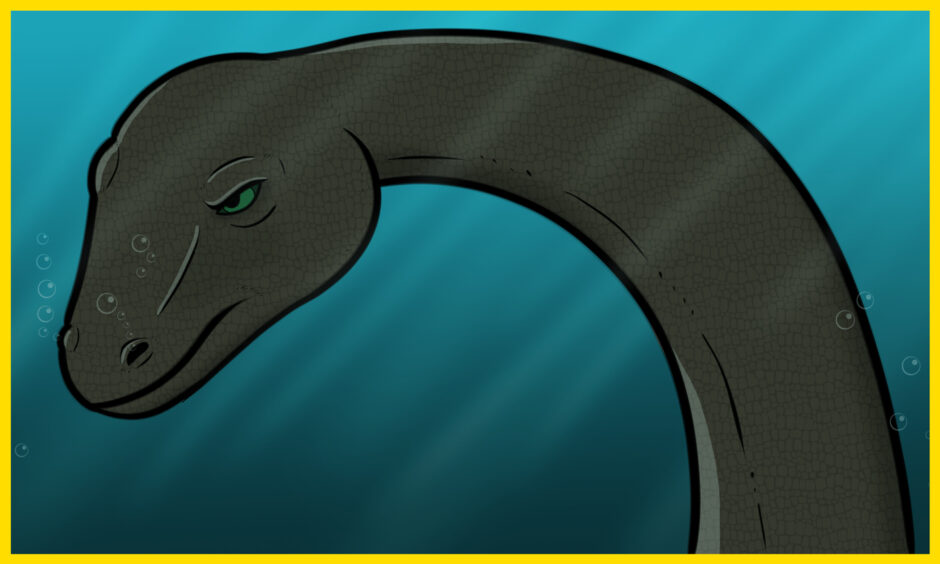
No creature has blurred the lines between fact and fiction more so than the Loch Ness Monster.
Scotland’s very own monster mascot.
Nessie has become a cherished icon in the hearts of Scots ever since her first sighting and has been celebrated in films, animation and books.
Many people have theorised over the decades over her existence. What exactly is the Loch Ness Monster? How big is she? How could she have survived for so long?
To celebrate our beloved monster we’ve created the ultimate Loch Ness Monster factfile and answered some of these questions.
For the purpose of this article we’ve chosen to believe she is real – also because as every Scot knows, that is the right answer.
Nessie isn’t the first creature thought to be a myth and then later discovered to be real.
Gorillas were thought to be a myth till 1847.
And giant pandas were just a story until they were discovered in 1869.
And komodo dragons were thought to be a kind of mythical crocodile or prehistoric monster until 1926.
Where in Scotland is the Loch Ness Monster?
Loch Ness is where Nessie calls home.
Located around 14 miles south of Inverness, Loch Ness is one of the largest lochs in Scotland.
It is 22 miles long, just under 2 miles wide and 745 feet deep.
You could fit Edinburgh castle inside Loch Ness, and it wouldn’t even surface.
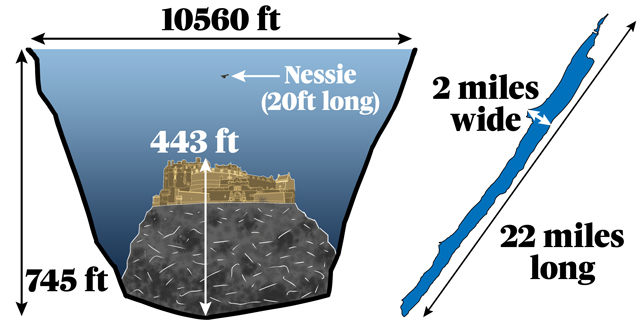
If you were to measure it by volume of water, it is bigger than all the lakes in England and Wales combined!
Loch Ness is one of the most popular destinations in the UK– before the pandemic Inverness and Loch Ness were visited by more than 300,000 people annually.
Tourists from all around the world travel to Loch Ness for its beautiful scenery and in hopes of getting a glimpse of its famous resident.
Nessie is part of the diverse fish life living in Loch Ness. Other fish are likely to be her main source of food.
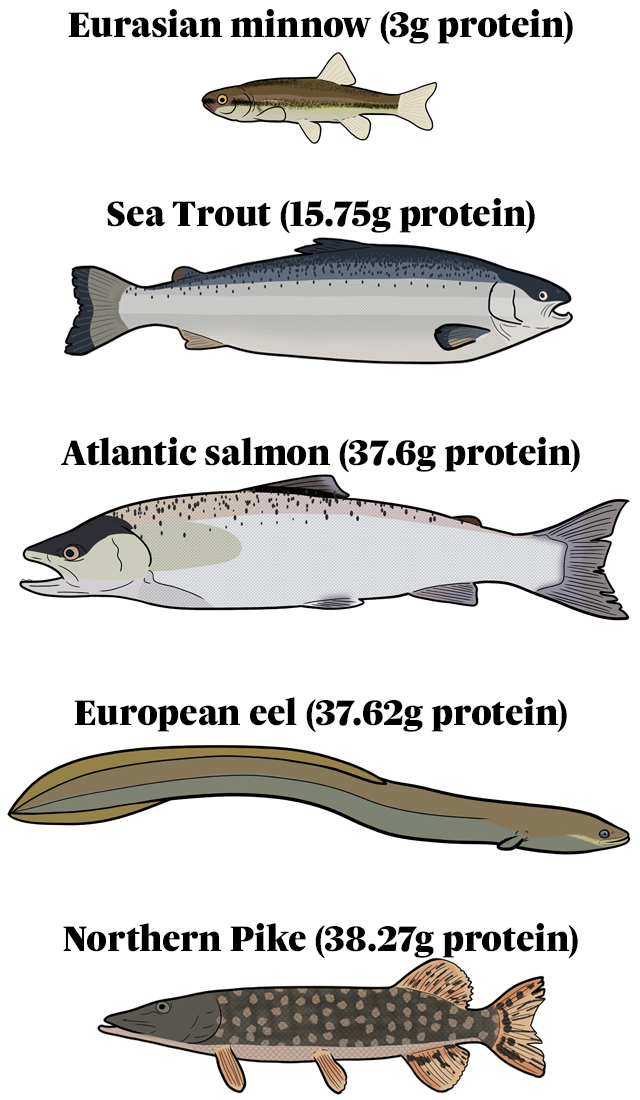
How big is the Loch Ness Monster?
No one really knows how big the Loch Ness Monster is.
Despite her many sightings, she has never stuck around long enough or let anyone get close enough with a tape measure!
So we’ve had to do some digging.
All the information we could find on Nessie is from scientific speculation and the reported sightings of her.
Data journalist Emma Morrice has looked at more than 1,000 sightings and it’s fair to say the descriptions of the monster vary – a lot.
Nessie been described as being around 5ft in length – almost the same size as the average height of a woman in the UK.
Others have said she was closer to the size of a dog – while some say they saw a creature 6ft long, about the height of an adult ostrich.
But after some calculations we can reveal the most-common description for the length of Nessie from the sightings we looked at is…15-20ft!
This would fit with the theory that the Loch Ness Monster evolved from plesiosaurs, prehistoric sea creatures.
Plesiosaurus, an early plesiosaur, was believed to be 15ft long and swam by flapping its fins in the water in a seal-like way.
It could be this style of swimming that also explains why many people believe far from evolving from dinosaur times, Nessie is simply a very large seal.
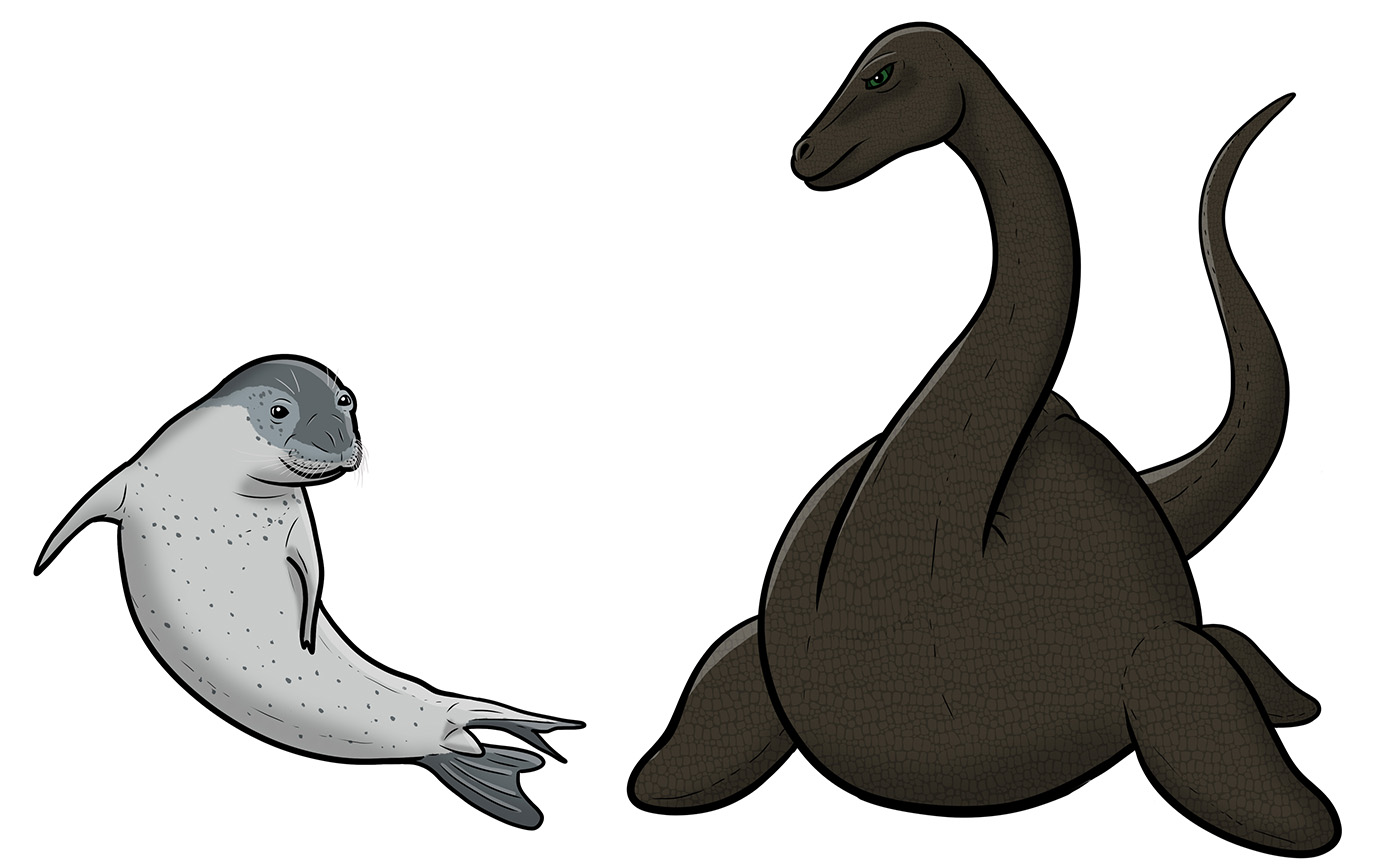
In fact, there have been many creatures Nessie has been described as, which has led to many different variations and imaginative ideas of the biology of the Loch Ness Monster.
What does the Loch Ness Monster look like?
Ever since her first sighting, an image has been built up of the Loch Ness Monster and an almost universal look for Nessie has formed along with different variations.
For the rest of her body however, there are some different theories.
Some say Nessie has a large body and flippers to help her swim like a plesiosaur.
But she’s also been described as having a body similar to an eel.
Both possibilities have been brought to life in the many films and drawings of the famous monster over the years.
And her ‘personality’ varies as much as her size in those representations too.
Some have painted her as a terrifying monster;
She’s appeared as a cute or a more comical creature in comic books and cartoons.
Lots of creators, artists and businesses have imagined Nessie in their own way and that’s part of the fun.
Anyone can use their imagination and their love for Nessie to give her any look they’d like.
What monster could Nessie be?
There is another possibility other than seal, eel or dinosaur that could explain Nessie’s origins – and why there are so many differences in the sightings.
That she is actually one of Scotland’s other mythological creatures.
She could be:
A kelpie
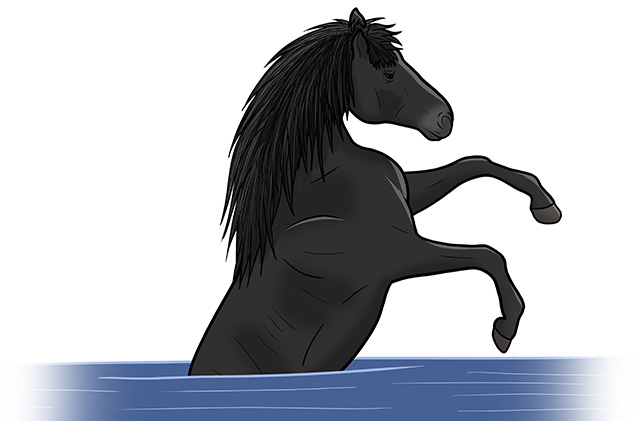
A shapeshifting creature often depicted as a horse that can run through and along large bodies of water.
A mermaid (selkie)
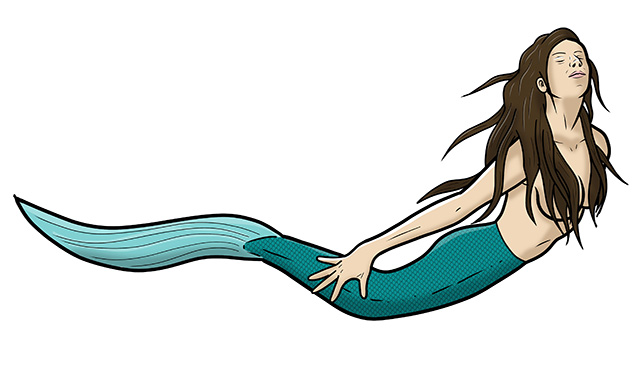
A sea creature with a feminine appearance. Their folk lore was passed around by Scottish fisherman and sailors.
The Kraken
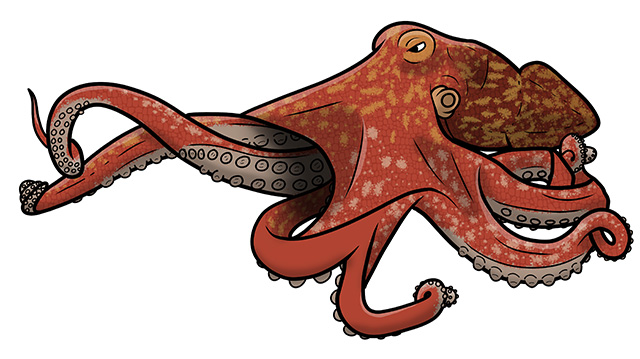 19th century Scottish fisherman once encountered a monstrous squid creature near Shetland.
19th century Scottish fisherman once encountered a monstrous squid creature near Shetland.
How old is the Loch Ness Monster?
If the Loch Ness Monster is indeed a plesiosaur, it’s unclear whether she evolved from one – or has somehow managed to survive since the prehistoric days, more than 205 million years ago, when Loch Ness and Scotland was home to T-rex’s and other plesiosaurs.
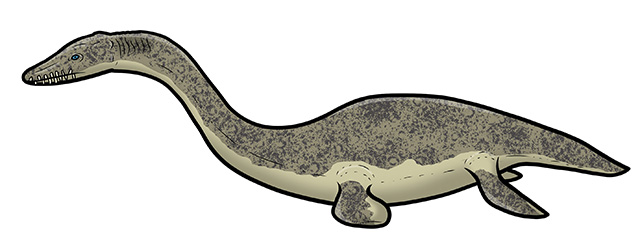
But if the latter is the case, Nessie is one tough monster.
She would have survived the extinction of the dinosaurs 65 million years ago.
Then she would have lived through an ice age which began 2.4 million years ago when Loch Ness and the surrounding glen were filled with glaciers which shaped the landscape.
Could Nessie have survived her extinction and the ice age and now remains at Loch Ness? We may never know.
There are still so many unanswered question about Nessie but that’s part of what makes her so popular across the world. The mystery.
The possibility that anyone, maybe someone reading this, could be the one to finally prove Nessie is real.
Credits
Words by Brendan Duggan
Illustrations by Mhorvan Park
Scrollytelling and data visualisations by Lesley-Anne Kelly
SEO by Jamie Cameron
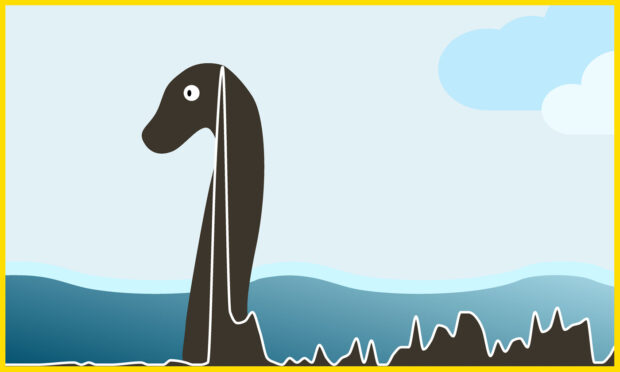
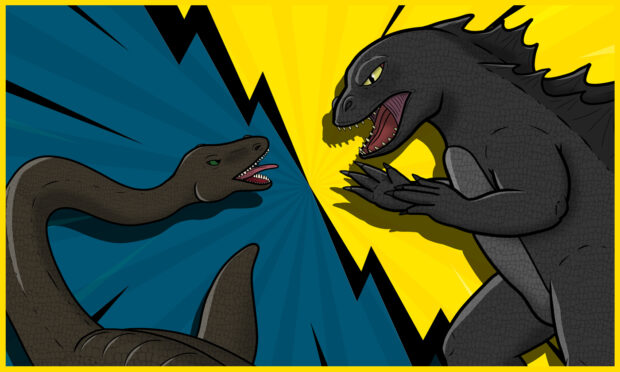
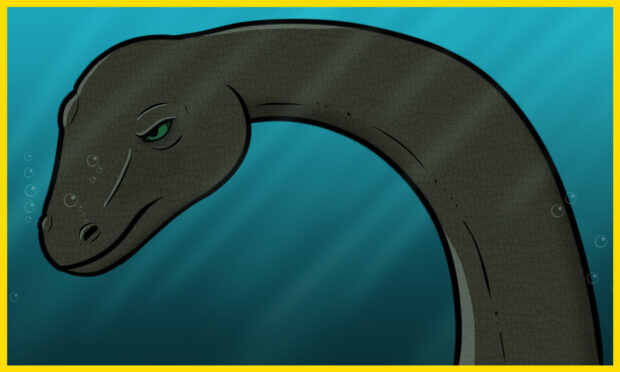
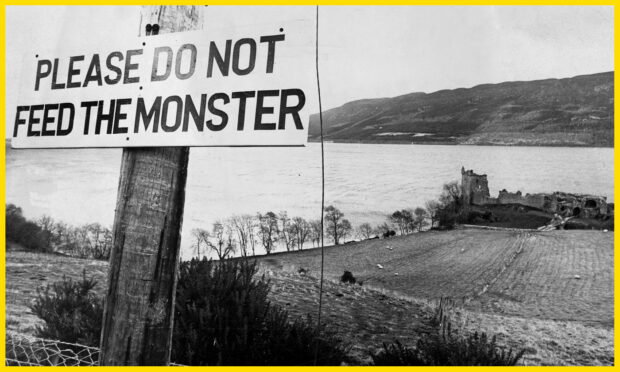
Conversation